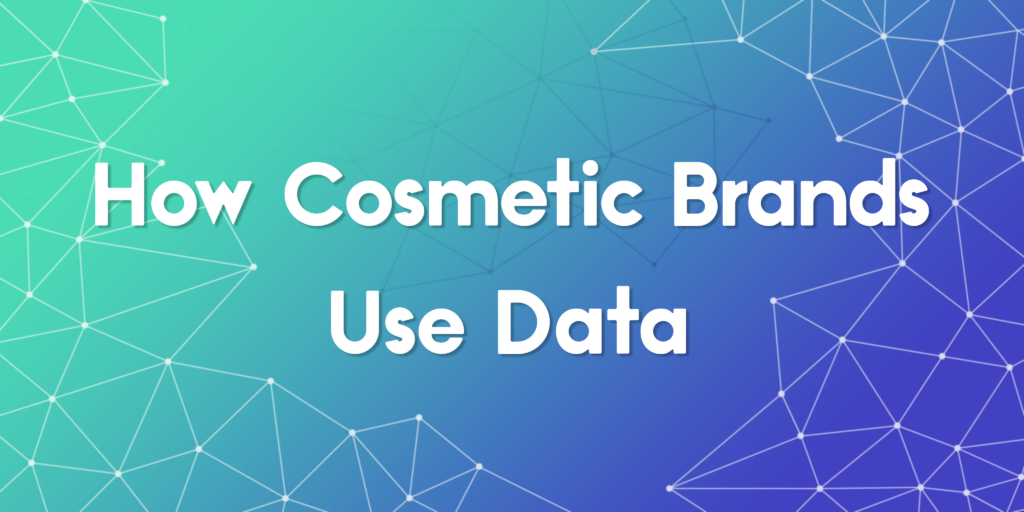Smart Ways How Cosmetic Brands Use Data Effectively

How cosmetic brands use data is one of the most important shifts shaping the modern beauty industry. Data is transforming how cosmetic brands operate, from product creation to customer service and marketing. With the rise of digital tools, social platforms, and eCommerce, beauty brands are gathering more data than ever before. This blog post dives into the specific ways cosmetic brands are using data analytics and proxy solutions to create better products, reach their customers more efficiently, and stay competitive. We will explore key strategies, tools, and outcomes that show how data is no longer a back-end asset but a central driver of innovation in the beauty space.
How cosmetic brands use data to understand customers
One of the main reasons beauty brands invest in data analytics is to better understand what their customers want. By collecting and analyzing data from online reviews, purchase history, loyalty programs, and even social media conversations, cosmetic brands can detect patterns in customer preferences. This helps them make informed decisions about new product launches, color selections, formula upgrades, or packaging design.
For example, a beauty brand may notice that a specific moisturizer is especially popular among users with sensitive skin. Data shows that these customers frequently mention ingredients like ceramides and aloe. With this insight, the brand can develop a complementary serum or lotion that matches the same skin-soothing benefits. Data analytics also helps teams segment their audiences by skin type, age group, or shopping behavior, making their marketing and product strategies more effective.
Data-powered innovation in product development
How cosmetic brands use data during product development is a fascinating area of growth. Rather than relying only on in-house R&D labs or focus groups, brands now incorporate wide-scale data from online reviews, skin diagnostic tools, and even wearable tech. These data sets allow teams to design products that meet specific skin concerns or beauty goals.
Beauty brands also track macro trends using search engine queries, TikTok hashtags, and YouTube tutorials to see which ingredients or styles are gaining attention. If interest in bakuchiol, a plant-based retinol alternative, is growing, data can prompt brands to explore formulations that feature this ingredient. With faster decision-making backed by data, cosmetic brands are cutting time-to-market and increasing their chances of launching a hit product.
Improving customer experience with data personalization
One of the strongest applications of data analytics is personalized marketing. By analyzing customer profiles, brands can offer recommendations that feel custom-tailored. When a user visits a brand’s website or app, they may be shown products that align with their previous purchases, browsing history, or even skin tone if that data is available.
Email campaigns are also optimized using data. Rather than sending generic promotions, beauty brands send product tips, replenishment reminders, or discounts based on previous behavior. Personalized experiences like these improve engagement and loyalty. Some brands even use AI-powered quizzes to match users with the best foundation shade or skincare routine based on their answers. All of these tools rely heavily on structured and unstructured data sources.
How cosmetic brands use data for global market insights
Expanding into global markets comes with many unknowns. What works in one region may not succeed in another. Data analytics and proxy solutions help cosmetic brands test new regions safely and efficiently. By using proxy solutions, data teams can access region-specific content, pricing, customer reviews, and cultural discussions. This gives them a local view of customer preferences without relying on third parties or guessing.
Proxy solutions are especially useful when collecting web data from competitor sites, regional retailers, or niche beauty communities. They allow teams to simulate browsing from different cities and countries, which is crucial for international marketing and product positioning. For example, a product that performs well in Japan may have a completely different competitor landscape in France. Having reliable proxy solutions ensures that brands gather the right insights without being blocked or misled by location-specific filters.
Data analytics improves inventory and supply chain planning
Inventory control is a constant challenge for cosmetic brands, especially during product launches or seasonal sales. Using data analytics, brands can forecast demand more accurately and adjust stock levels accordingly. This avoids both overstocking and running out of popular items, which can damage customer trust.
In addition, supply chain data helps teams track delays, monitor vendor performance, and improve logistics planning. Real-time dashboards can alert staff when shipping times are slower than expected or when a specific ingredient supplier faces bottlenecks. These proactive insights allow brands to adjust quickly and avoid major disruptions.
Key ways beauty brands benefit from proxy solutions

Proxy solutions serve as essential infrastructure for brands collecting large-scale public data. Without them, data scraping or trend monitoring would be restricted by IP bans or geographic limitations. Cosmetic brands rely on proxies to:
- Access competitor websites without being detected
- View pricing and promotions from different regions
- Monitor customer sentiment on localized platforms
- Test user experience from various device types and locations
By rotating residential IP addresses, proxy solutions help brands maintain privacy and operate at scale. This is especially important for agencies or teams analyzing thousands of product pages or user comments daily.
How cosmetic brands use data to track brand health
Maintaining a strong brand image is essential in the beauty industry. Data plays a critical role in measuring how customers perceive a cosmetic brand over time. Sentiment analysis tools scan reviews, social posts, and influencer content to determine if brand mentions are positive, neutral, or negative.
Cosmetic brands then use these insights to guide public relations, customer service responses, and future campaigns. If users are unhappy with the packaging or scent of a product, the brand can act before the issue escalates. Timely data gives companies the agility to course-correct and maintain a positive brand reputation in a competitive market.
Integrating data across platforms for better decision-making
Most beauty brands operate across multiple channels, including their website, mobile app, in-store experiences, and third-party retailers. Data integration platforms bring all of this information together, allowing teams to make smarter decisions faster. Unified dashboards help brands monitor KPIs such as conversion rate, average order value, and retention rate.
By aligning marketing, sales, and product development data, teams can spot missed opportunities and quickly adjust their strategy. For example, if sales are high online but stagnant in stores, brands may adjust store layouts or launch in-store trials to boost engagement. Everything flows better when data is connected and accessible in real time.
Building long-term strategy through data maturity
Beauty brands that truly excel are those that treat data as a strategic asset. Rather than reacting to trends, they use data to shape future roadmaps. These brands invest in training their teams, building reliable infrastructure, and ensuring compliance with data privacy laws. Proxy solutions and data analytics are not separate tools but integrated parts of a larger ecosystem that enables growth and innovation.
Over time, this leads to better planning, faster innovation, and stronger relationships with customers. The ability to learn continuously from real-world feedback and adapt is what separates fast-growing brands from those that struggle to keep up.
Why data-driven beauty brands win the future
Cosmetic brands that embrace data at every stage of their journey will continue to lead the industry forward. By using analytics and proxy solutions to understand their customers, respond to market shifts, and optimize internal operations, beauty brands can grow with confidence. Whether you are launching a new skincare line or expanding into new markets, having the right data in place gives you clarity and control. The future of beauty belongs to brands that make data their most trusted tool.